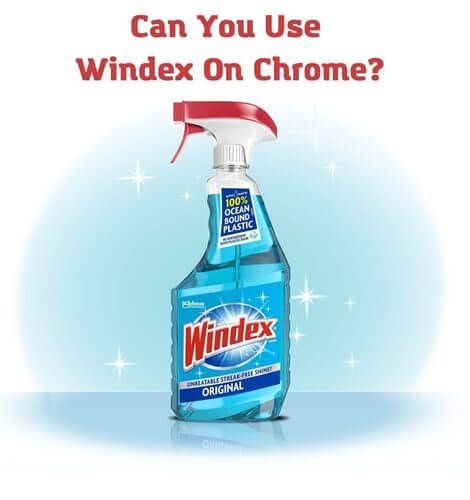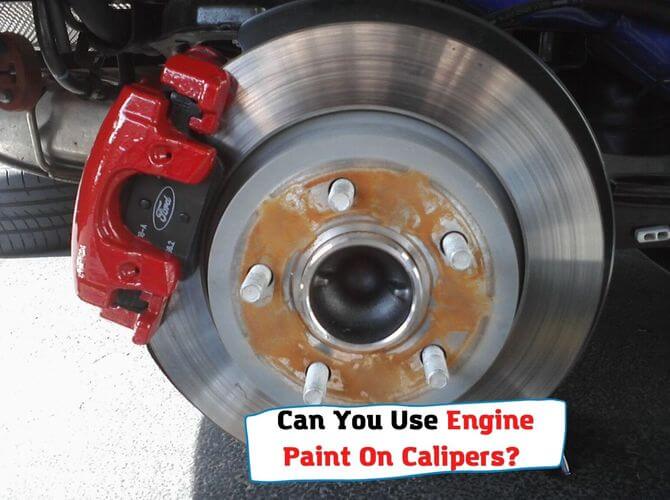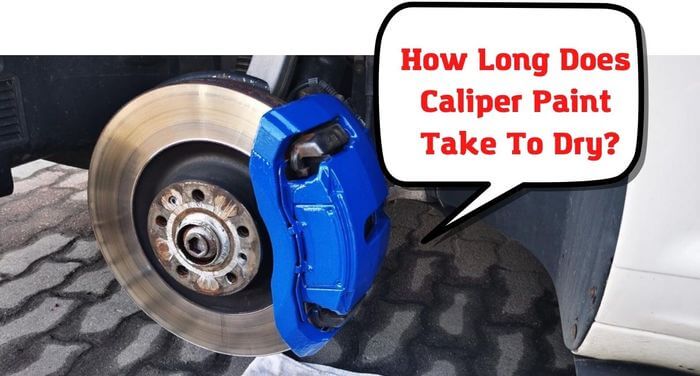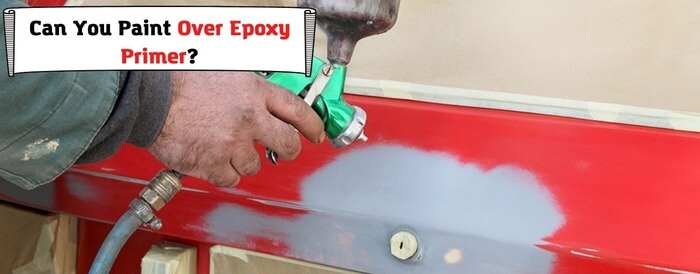If you’ve been around car enthusiasts for any length of time, you’ve probably heard references to a “cloudy clear coat.” But what does that even mean? How can a car have a cloudy clear coat? Is it something that you need to worry about? And how do you fix it if it happens to your car?
If you take your vehicle through the car wash and wax it regularly, this won’t be an issue for you. UV and dirt are enemies of the clear coat. Let’s take a look at why some cars have cloudy clear coats, how to detect them and what you can do about it if yours is afflicted with this particular malady.
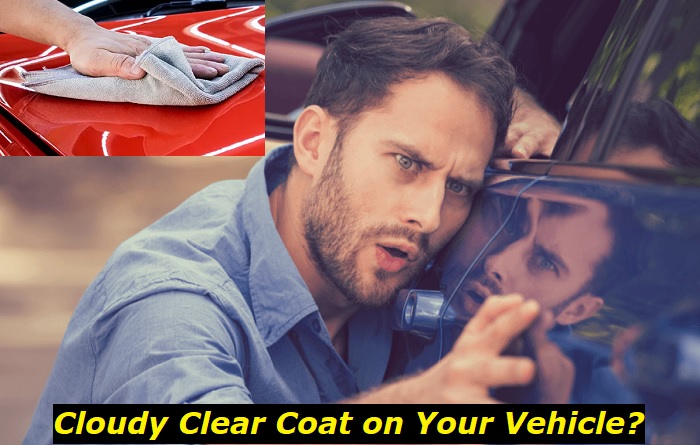
What is a Cloudy Clear Coat?
The clear coat is a single-stage, urethane polymer that goes on top of the base coat when painting a car. It is the protective layer that keeps ultraviolet light from destroying the color coat. It’s a relatively thin layer that can become cloudy when it oxidizes due to a few reasons – improper application, poor weather conditions, and age.
Why does a car have a cloudy clear coat?
A car that has a cloudy clear coat is usually the result of improper application or neglect where the clear coat was incorrectly applied or the coat was too thin to protect the color coat from ultraviolet light.
When applying a clear coat, you need to make sure that the car has been washed and dried, ideally to about 10–15% humidity. You also need to make sure that the car has been in a climate-controlled environment for at least some hours before the application of the clear coat.
Applying clear coat during a cold spell will create a hazy film due to the moisture in the air. If you are experiencing a hot spell, you need to make sure that your shop has the car in a climate-controlled environment for at least 24 hours before the application of the clear coat.
The most common way to prevent hazing is to keep the car in the garage or workshop with the doors shut while the clear coat is drying. Once the clear coat has dried, you need to make sure that no one gets close to the car with their hands because any moisture on hands will leave marks on the paint. Furthermore, you should also keep your car out of the sun as much as possible during the week that the clear coat is drying to prevent any fading.
Additionally, if the clear coat is applied at a temperature that is too hot, it can cause the clear coat to become hazy as well. The recommended temperature for clear coat application is between 65 and 80 degrees Fahrenheit or 18 and 26 degrees Celsius.
Finally, make sure that the car is as clean as possible before applying the clear coat. Any dirt or dust on the car’s surface will stick to the clear coat and ruin its shine. Applying the clear coat when the car is as clean as possible will ensure that the clear coat lasts as long as possible and that it looks as good as possible for as long as possible
The process requires a lot of patience, but it’s worth the effort because it protects the paint beneath it, and gives your car a stunning new shine
How to detect a clouded clear coat?
A good way to detect a clouded clear coat is to look at the color of the car. If the color appears to be a bit off, there’s a good chance that the clear coat is cloudy. Another way to check is to examine the paint in bright sunlight. If you can see tiny little pinholes, it means the clear coat is oxidizing and allowing light to penetrate the paint.
You can also try gently rubbing wax across the paint. If the wax doesn’t come off and leaves a cloudy haze, the clear coat is oxidized. If you notice any of the above, expect the clear coat to continue oxidizing and eventually flake off.
When the clear coat oxidizes, it turns a hazy white or yellow color and will not protect your paint job like clear glass can. The ultraviolet rays in sunlight are very harsh and will eventually break down the clear coat finish.
How to fix a cloudy clear coat?
There are several things you can do to fix a cloudy clear coat, but it’s important to understand that the damage is permanent. The clear coat cannot be re-coated, so you’ll need to restore the paint underneath.
You can do this by wet sanding the car down to the primer and re-coating the entire car with a fresh layer of clear coat. You can also strip the clear coat off and refinish the existing paint, though this is a more involved process.
To prevent this from happening to your car, be sure to wash and wax your car regularly. Remember, the ultraviolet rays break down the clear coat and cause it to oxidize, and it happens across the entire car’s surface, which is why it’s important to use a wax or sealant to protect the clear coat.
Wax and sealant form a protective barrier that keeps ultraviolet rays from coming in contact with the clear coat. It’s recommended that you wax or seal your car every 6–12 months, and whenever you’re driving in really sunny conditions.
Conclusion
We hope this article has been helpful and given you a better idea of what a cloudy clear coat is and how to fix it if it happens to your car. Remember, if you take good care of your car, it will last a long time and look nice for a long time. If you ever have any questions or concerns about your car, you can always visit a mechanic who can inspect your car and let you know what needs to be done.
- Can You Unmix Paint: Techniques, Consequences, Alternatives - February 23, 2024
- Does Primer Need to be Mixed? Effective Primer Application - February 22, 2024
- How to Make Old Paint Usable Again: Retrieving and Preserving Paint - February 21, 2024
